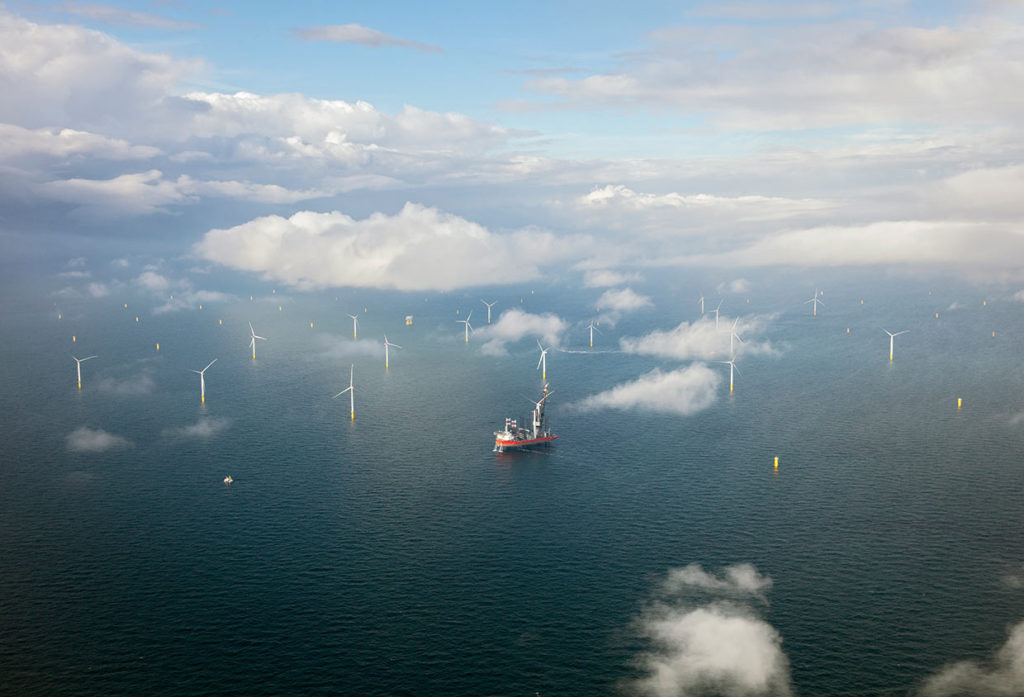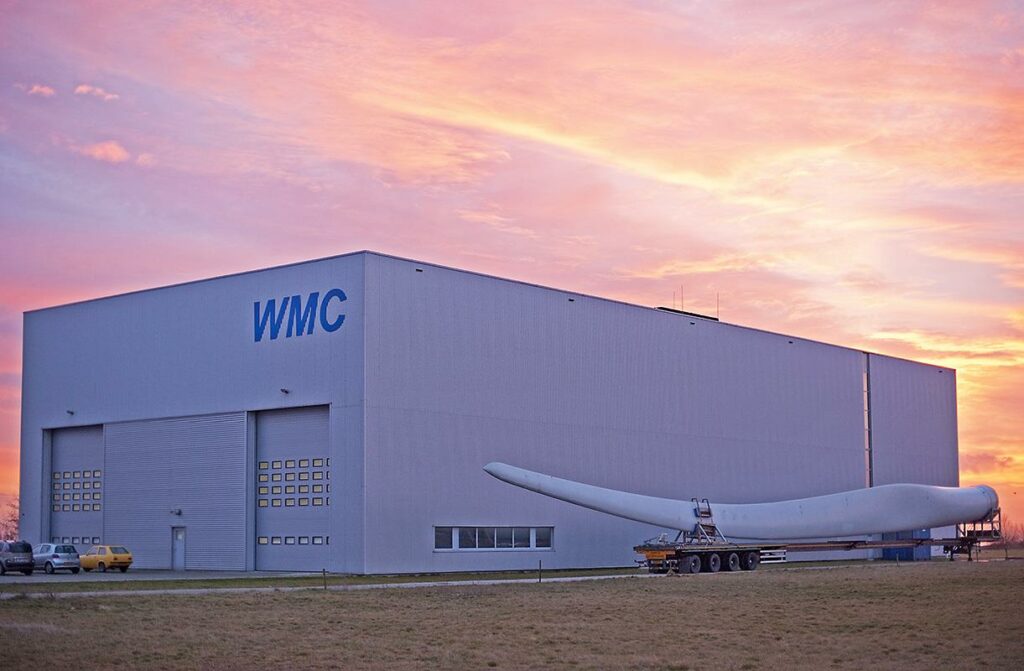By 2050, 70 gigawatts of capacity must come from the sea. In addition to generating electricity, the government is also planning large-scale hydrogen production in the North Sea. This will enable a large part of the industry to switch from gas to green hydrogen.
In a letter to parliament, Minister Rob Jetten of Climate and Energy writes that he plans to realise 50 gigawatts of wind power by 2040. This should then grow further to around 70 gigawatts in 2050. The current target is around 21 gigawatts around 2030, which is roughly 75 percent of current Dutch electricity consumption.
The cabinet assumes the maximum of what is thought to be necessary. Jetten notes that the plans are 'very ambitious'. "In the coming years, we will look at exactly how many gigawatts are needed. This gives us the opportunity to sustainably electrify a large part of the Netherlands and generate green hydrogen for industry. We will proceed carefully, with an eye for nature above and below water and other interests in the North Sea such as food production, shipping, defense and coastal defense."

The new wind farms will mainly be located in more remote areas of the North Sea. The plan is to connect them to each other via large energy hubs at sea. This way, not all wind farms need to be connected separately to the electricity grid on land, but more wind farms can be connected to the energy hub.
By connecting wind farms and producing hydrogen at sea at the energy hubs, fewer electricity cables are needed to bring the energy to land. This ensures lower costs, while also requiring less space on the coast. Connections with other North Sea countries can also be made via the hubs. In May this year, Denmark, Germany, Belgium and the Netherlands already agreed to work closely together. As part of the agreements, the planned energy hubs of these countries will be interconnected. This ensures a more robust energy system for all countries.
In the wake of this enormous increase in the number of windmills, completely new, highly specialized companies are developing. Some of them are also establishing themselves in North Holland North. An example is LM Wind Power, which has opened the largest indoor test setup for wind turbines in Wieringerwerf. At this location, durability tests are performed on wear-sensitive components.
Construction of the site began two years ago. The first tests started in 2021. Due to corona, an official opening has not yet taken place. This happened on September 5 in the presence of the top of the Danish parent company LM Windpower.
Header image: © Ad Meskens / Wikimedia Commons
